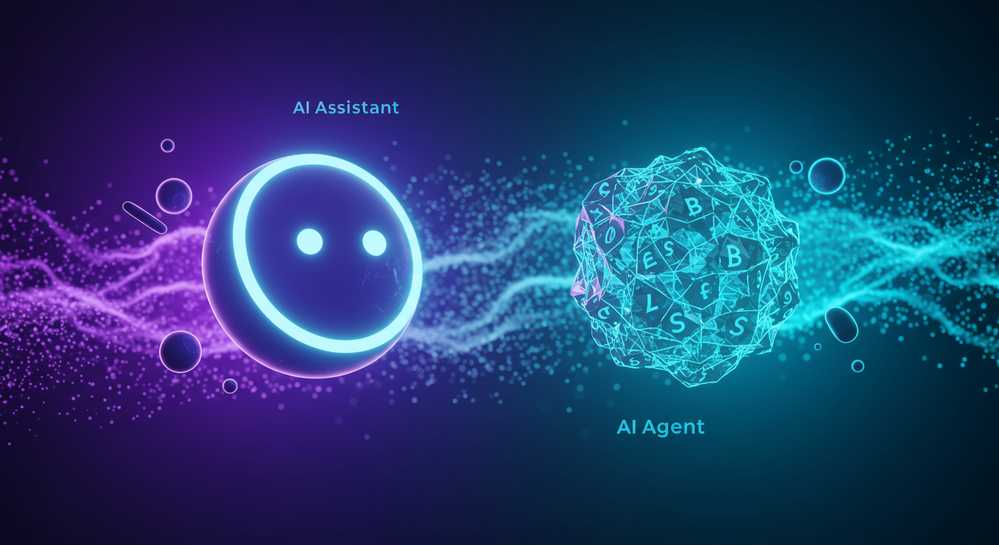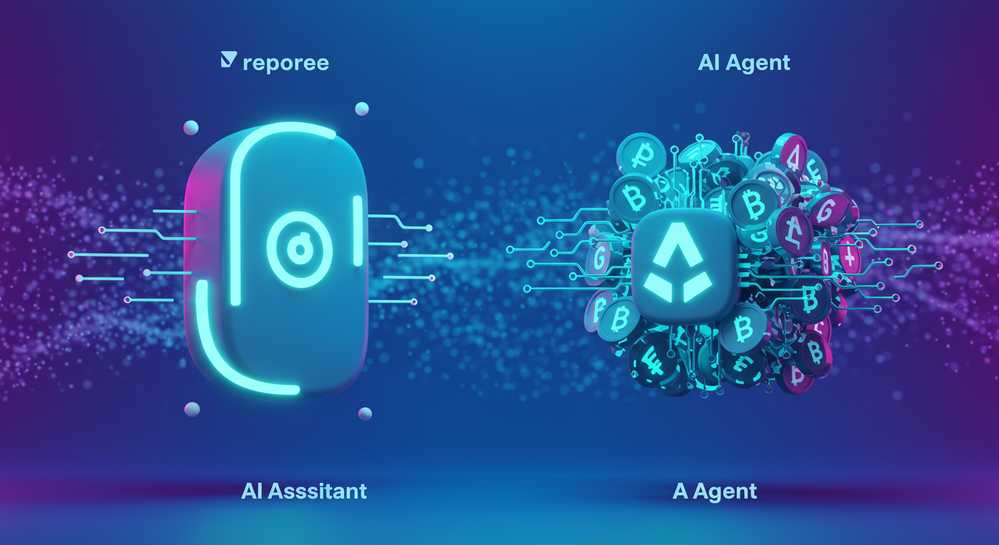In the rapidly advancing world of artificial intelligence, discerning the nuances between different terminologies is crucial. Two terms often used interchangeably, yet possessing distinct functionalities, are ai agent vs assistant. While both aim to augment human capabilities, their underlying architectures, operational autonomy, and ultimate objectives diverge significantly. This article delves into these distinctions, providing a clear roadmap to understand their roles and applications in today’s tech ecosystem.
Contents
Defining the AI Assistant

Defining the AI Assistant: Reactive Intelligence
An AI Assistant serves as a highly effective digital helper, primarily designed to respond to user commands and specific queries. These systems operate as reactive AI tools, executing tasks within a clearly defined scope. They act as an extension of user intent, streamlining daily activities and providing immediate information.
- Interaction Model: Assistants engage through direct, conversational interfaces, making them intuitive and user-friendly. Their core function involves listening, processing input, and delivering precise responses.
- Scope and Autonomy: They possess limited autonomy, strictly adhering to developer-set boundaries and immediate user instructions. Unlike more advanced systems, they do not initiate independent actions or pursue complex, long-term objectives without explicit guidance.
- Common Examples: Prominent instances include voice assistants like Apple’s Siri and Amazon’s Alexa. Large Language Models (LLMs) such as ChatGPT also exemplify this category, excelling at answering questions, setting reminders, or generating text based on prompts.
The true value of an AI Assistant lies in its ability to provide quick access to information and automate straightforward tasks, acting as a sophisticated, goal-oriented tool rather than an independent entity.
Unpacking the AI Agent Concept

Unpacking the AI Agent Concept: Proactive Autonomy
An AI Agent represents a highly advanced, autonomous form of artificial intelligence, differing significantly from an AI Assistant. Agents are proactive, capable of perceiving their environment, making decisions, and taking actions to achieve long-term goals. They operate with substantial independence, often without continuous human oversight.
- Autonomous Operation: Agents execute sequences of actions over time, adapting to conditions and learning from experiences to reach defined objectives.
- Environmental Interaction: They actively engage with their environment, digital or physical, continuously sensing, reasoning, and acting towards their primary goal.
- Advanced Applications: Examples include sophisticated trading algorithms, like those found in AI-powered trading bots. Self-driving car systems and advanced robotics also showcase agent capabilities.
The power of an AI Agent lies in its ability to execute complex strategies and adapt behavior, making it suitable for intricate, enduring problem-solving beyond an assistant’s scope.
Key Distinctions in Autonomy and Goal Orientation

Understanding the core differences between an AI Agent and an AI Assistant is crucial for effective deployment. These distinctions primarily involve their autonomy levels, goal orientation, and interaction models.
- Autonomy Level:
- An AI Assistant is reactive, awaiting human input for tasks. Its decision-making interprets commands and retrieves information.
- An AI Agent is proactive and autonomous. It initiates actions, adapts strategies, and makes independent decisions towards an overarching goal, often without constant human oversight.
- Goal Orientation:
- Assistants handle short-term, user-defined tasks. Their goals are singular, directly provided by the user (e.g., “set a timer”).
- Agents pursue long-term, complex objectives. They break down main goals into sub-goals, managing workflows to achieve ultimate aims. undefined exemplify this goal-driven autonomy.
- Interaction Model:
- Interaction with an Assistant is typically direct and conversational, responding to explicit commands.
- Interaction with an Agent can be indirect. Users define the initial goal; the Agent operates in the background, reporting progress.
Both AI entities enhance capabilities, but through fundamentally different operational paradigms.
Choosing the Right AI Solution for Your Needs
Deciding between an AI Assistant and an AI Agent hinges on your specific problem and required autonomy. Each solution offers distinct advantages, tailored for different operational contexts. Understanding these differences is key to successful implementation.
When to Use an AI Assistant
- For direct, immediate task execution like scheduling or quick information retrieval.
- For interactive customer support or enhancing personal productivity.
- In scenarios where human oversight and explicit commands are preferred.
Assistants excel at improving efficiency in routine, well-defined processes, benefiting from conversational or command-driven interfaces. They are responsive helpers.
When to Use an AI Agent
- For complex, ongoing challenges demanding autonomous decision-making over time.
- For proactive initiation of actions and adaptation to dynamic environments.
- For long-term goal achievement with minimal human intervention, such as automated market analysis.
Agents are invaluable for systems requiring resilience and independent operation in intricate, evolving scenarios. They are goal-driven executors capable of sustained, complex operations.
Ultimately, the choice between an AI Agent vs Assistant depends on whether you need a reactive helper or a proactive, independent problem-solver for your strategic objectives.
The landscape of artificial intelligence is continually evolving, and a clear understanding of terms like AI Agent and AI Assistant is vital for effective implementation. While an Assistant excels at direct interaction and task execution, an Agent operates with a higher degree of autonomy, pursuing long-term goals. Choosing the right tool depends on your specific needs: do you require a powerful helper or an independent problem-solver? For more insights into cutting-edge AI applications and crypto solutions, visit Sniper Bot Crypto.
